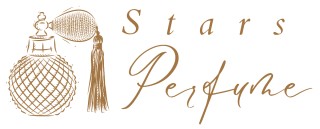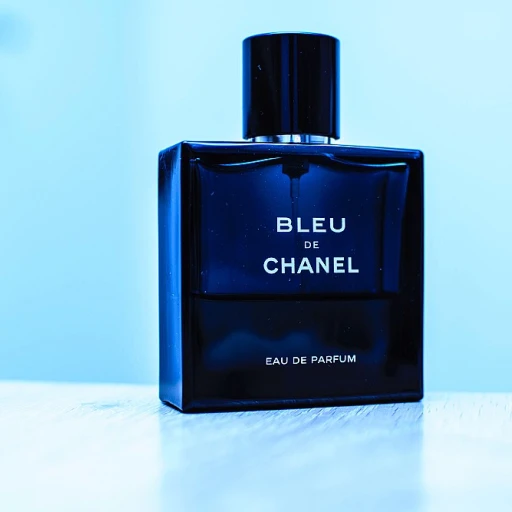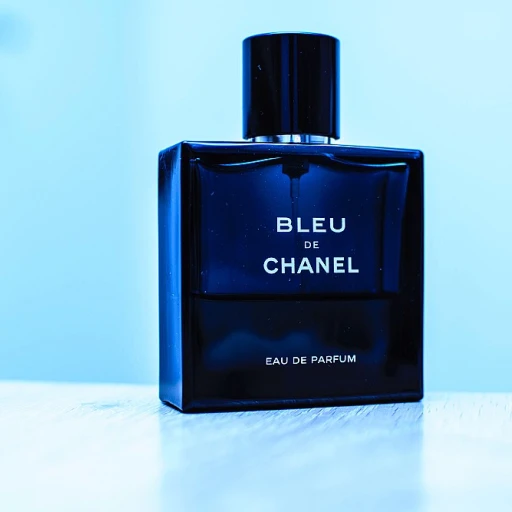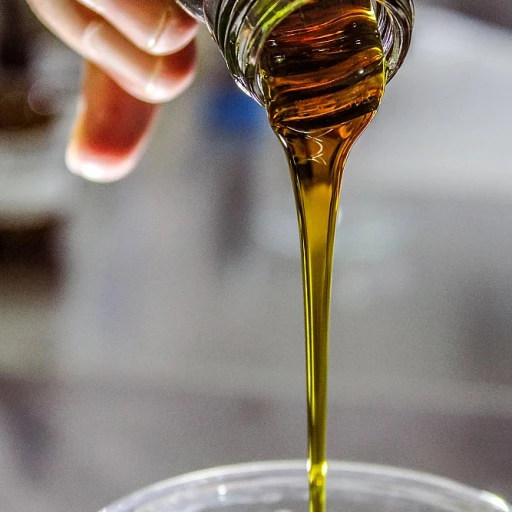
The Rich History of Cedarwood in Perfumery
The Timeless Appeal of Cedarwood
Cedarwood has been a cornerstone in the world of perfumery for centuries, cherished for its warm, woody scent that evokes a sense of tranquility and strength. This essential oil, derived from the heartwood of cedar trees, has a rich history that spans across cultures and continents. Its use in fragrance dates back to ancient civilizations, where it was often employed in religious ceremonies and as a base for perfumes.
In ancient Egypt, cedarwood oil was a prized ingredient in embalming practices, revered for its preservative properties and its ability to impart a warm woody aroma. The Egyptians were not alone in their appreciation; the Mesopotamians and the Greeks also valued cedarwood for its aromatic qualities, using it in various rituals and as a symbol of resilience and longevity.
As perfumery evolved, cedarwood continued to hold its place as a beloved component in the fragrance family. Its versatile nature allows it to blend seamlessly with other notes, enhancing both floral and spicy compositions. This adaptability is evident in modern cedarwood fragrances, which often feature the oil as a base note, providing depth and warmth to the overall scent profile.
For those intrigued by the allure of amber and musk, cedarwood offers a complementary woody scent that enriches these fragrances, creating a harmonious balance that is both captivating and enduring.
The Unique Characteristics of Cedarwood
The Captivating Aromatic Properties
Cedarwood possesses a distinctive profile within the fragrance family due to its warm, inviting, and woody scent. Its essential oil is derived from the heartwood of the cedar tree, offering a rich depth that serves as a grounding base note in many perfume compositions.
The versatility of cedarwood makes it a beloved choice among perfumers, providing a warm woody aroma that enhances the overall complexity of a blend. Its subtle yet profound presence adds a unique touch to fragrances, making it a staple in both woody and oriental families. Often, cedarwood's essence is combined with other elements like rose, tonka bean, or even honey-scented notes, crafting captivating layers of scent that are cherished by many.
For those who prefer an alcohol-free option, cedarwood perfume oil offers a pure and concentrated form of the scent, allowing wearers to fully experience its aromatic depth. Moreover, cedarwood's eau toilette version provides a lighter alternative for those looking for a more subtle embrace.
The allure of cedarwood's fragrance is further amplified by its ability to evoke a sense of calm and serenity, making it an ideal choice for creating personal sanctuary through scent. Its earthy tones, reminiscent of nature, resonate deeply, enveloping one in a comforting, aromatic embrace. This grounding quality gives it a timeless appeal, whether individually or as part of a discovery set.
Understanding the unique characteristics of cedarwood paves the way for appreciating its role within the broader realm of perfumery, where its free and versatile nature continues to inspire modern interpretations.
For more about this fascinating ingredient, you may explore its combination with other enchanting scents, like the honey-scented rose, to further appreciate its aromatic potential.
Benefits of Cedarwood in Fragrance
The Inviting Aroma of Cedarwood
Cedarwood, known for its rich and inviting aroma, offers a multitude of benefits when incorporated into fragrance compositions. This woody scent, often derived from the essential oil of cedar wood, is a staple in the world of perfumes for its warm and familiar characteristics that balance a range of other notes, such as rose or tonka bean. Cedarwood fragrances possess a grounding quality, stemming from their position as a base note. This means they not only support the more volatile top notes but also ensure the perfume has a lasting presence on the skin. Many premium brands leverage cedarwood to impart a woody undertone to their aromatic compositions, creating a sense of depth and sophistication. Beyond its olfactory appeal, cedarwood is favored for its calming properties, offering a soothing effect that makes it an ideal choice in both alcohol-free perfumes and more traditional eau de parfum formulations. The fragrance family of cedar is often associated with promoting tranquility and balance, supported by its use in aromatherapy. The cedarwood scent also shines in its ability to blend seamlessly with other components of a perfume, resulting in an array of distinctive olfactory experiences. Its integration in woody scent profiles complements other elements without overpowering them, offering a harmonious blend that appeals to a diverse audience. Many appreciate cedarwood's warm woody characteristics for enhancing the overall fragrance without overshadowing other notes. For those particularly interested in sustainable and environmentally conscious choices, the benefits of using cedarwood are aligned with the allure of eco-friendly fragrance solutions. Discover more about this through this relevant resource.Cedarwood in Modern Perfumery
The Evolution of Cedarwood in Contemporary Scents
In today's fragrance industry, cedarwood has become a cornerstone, celebrated for its versatility and depth. As perfumers continue to explore new olfactory landscapes, the warm woody aroma of cedarwood remains a beloved choice for crafting both classic and innovative scents. Its ability to blend seamlessly with a variety of notes makes it a staple in many fragrance families.
Modern perfumery often utilizes cedarwood as a base note, providing a solid foundation that enhances the longevity of a perfume. Its rich, woody scent pairs beautifully with top notes like citrus or floral, creating a balanced and harmonious fragrance. Cedarwood's compatibility with other essential oils, such as rose or tonka bean, allows for the creation of complex and captivating perfumes.
With the rise of niche perfumery, cedarwood fragrances have gained popularity among those seeking unique and personalized scents. These perfumes often highlight the natural, earthy qualities of cedarwood, offering a refreshing departure from more conventional fragrances. Additionally, the availability of alcohol-free and perfume oil formulations has expanded the options for cedarwood enthusiasts, catering to diverse preferences and needs.
As the fragrance industry continues to evolve, cedarwood remains a timeless ingredient, cherished for its ability to evoke warmth and sophistication. Whether featured in an eau de parfum or an eau de toilette, cedarwood's enduring appeal ensures its place in the world of modern perfumery.
Popular Cedarwood Perfume Blends
Exploring Cedarwood Blends in the World of Perfumery
Cedarwood's presence in the fragrance world is undeniably significant, with its warm and woody scent bringing a sense of grounding to any composition. This versatile aroma is often paired with a multitude of notes to enrich its natural allure, playing a crucial role in a wide array of scents.- Cedarwood and Rose: The combination of cedarwood with the delicate, floral notes of rose offers a harmonious balance between woody strength and subtle elegance. This pairing exemplifies how the warmth of cedar can beautifully complement floral elements.
- Woody and Oriental Fragrances: Cedarwood frequently serves as a base note in complex, Oriental fragrances. When blended with sensual spices and deep, balsamic notes like tonka bean, these perfumes exude an exotic, warm woody aroma.
- Cedarwood and Citrus: To create a more uplifting eau de toilette, cedarwood is often combined with zesty top notes of citrus. This blend provides a refreshing yet sophisticated scent, ideal for those who appreciate a bright, energetic fragrance.
Choosing the Right Cedarwood Perfume for You
Finding Your Signature Cedarwood Fragrance
Selecting the perfect cedarwood perfume can seem like a daunting task with so many options, but it’s all about understanding your personal preferences and how cedarwood fits in your fragrance journey. Recognizing the unique characteristics of cedarwood, from its warm, woody scent to its calming and grounding effects, can guide you in the right direction.- Understanding the Aromatic Profile: Tune into your sensory preferences. Cedarwood boasts a rich, earthy aroma that can be enhanced with complementary notes like tonka bean or rose. These combinations can create a variety of fragrance experiences, from fresh and invigorating to deep and sensual.
- Consider the Fragrance Family: Cedarwood belongs to the woody fragrance family, often paired with spicy or warm woody notes. If you’re drawn to such olfactory profiles, cedarwood might be your ideal foundation.
- Choose the Right Concentration: Decide between perfume oil, eau de parfum, or an eau de toilette based on your desired intensity. For a lasting impact, opt for a cedarwood perfume oil. If you prefer a lighter touch, an eau de toilette with cedarwood as one of its base notes could be more to your liking.
- Explore Blends and Alternatives: Cedarwood fragrances often include blends with other complementary oils, enhancing their complexity and allure. You might also consider alcohol-free options if you prefer a more natural scent approach.
- Sample and Discover: Sampling cedarwood scents through a discovery set offers the perfect opportunity to experience different blends. Tasting several options allows you to perceive how cedarwood interacts with your skin and other notes like rose or tonka bean over time.













